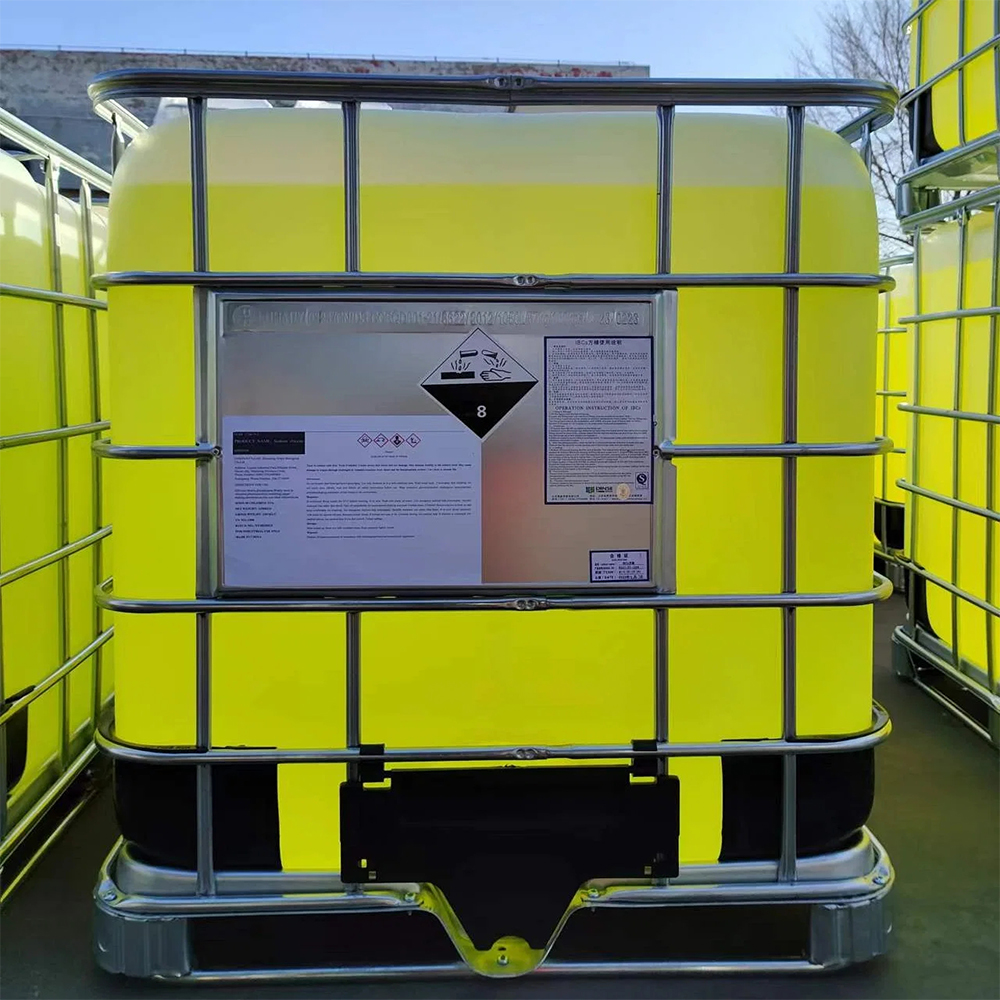



chemicals used in sewage treatment
Chemicals Used in Sewage Treatment
Sewage treatment is a critical process designed to remove contaminants from wastewater, allowing it to be safely released into the environment or reused. This process involves several stages, each employing various chemicals to facilitate the breakdown of organic matter, the removal of pathogens, and the clarification of water. Understanding the chemicals used in sewage treatment can provide insights into the efficiency and effectiveness of these systems.
1. Coagulants
Coagulation is one of the primary steps in the treatment of sewage. Coagulants are chemicals that promote the aggregation of suspended particles, which can include dirt, bacteria, and other impurities. Common coagulants include aluminum sulfate (alum), ferric chloride, and polymeric coagulants. When added to wastewater, these chemicals neutralize the negative charges on suspended particles, allowing them to clump together and form larger aggregates or flocs. These flocs can then be easily removed during the sedimentation process.
2. Flocculants
Following coagulation, flocculation is often employed to enhance particle aggregation. Flocculants, which are typically long-chain polymers, help to bridge the gaps between smaller flocs, creating larger and more manageable particles that settle more quickly. The use of flocculants improves the efficiency of sedimentation tanks, reducing the overall time wastewater spends in treatment facilities. Commonly used flocculants include polyacrylamides and natural products like starch and guar gum.
Disinfection is a crucial final step aimed at eliminating pathogens from treated sewage. Various disinfectants are employed for this purpose, including chlorine, ozone, and ultraviolet (UV) light. Chlorination is perhaps the most widely used method, though it is accompanied by concerns about the formation of harmful byproducts, such as trihalomethanes (THMs). Ozone, on the other hand, is a powerful oxidizing agent that can effectively kill bacteria and viruses without leaving harmful residues. UV disinfection works by exposing wastewater to ultraviolet light, which damages the DNA of pathogens, rendering them unable to reproduce. Each method has its own advantages and limitations, and the choice of disinfectant often depends on the specific requirements of the treatment facility.
chemicals used in sewage treatment

4. pH Adjusters
Maintaining the appropriate pH is vital during sewage treatment, as certain processes are sensitive to pH levels. Chemicals such as sulfuric acid or sodium hydroxide are commonly used to adjust the pH of wastewater. For instance, if the water is too alkaline, sulfuric acid can be added to lower the pH, thus optimizing conditions for the activity of microorganisms responsible for biological treatment processes.
5. Nutrients
In biological treatment processes, microorganisms require nutrients to thrive and efficiently break down organic matter. Nitrogen and phosphorus are two essential nutrients that are often added to wastewater to support microbiological activity. Ammonium sulfate, for example, can be used to provide nitrogen, while phosphoric acid serves as a phosphorus source. The right balance of nutrients is critical for maintaining an effective biological treatment system.
6. Odor Control Chemicals
Sewage can produce unpleasant odors, especially in anaerobic conditions. To combat this issue, various odor control chemicals are employed, such as activated carbon and chemical scrubbing agents. These materials can absorb or neutralize odorous compounds, improving the overall working environment at treatment facilities while addressing public concerns about foul smells associated with sewage.
Conclusion
The use of chemicals in sewage treatment is essential for ensuring that wastewater is treated effectively and safely. Coagulants, flocculants, disinfectants, pH adjusters, nutrients, and odor control agents all play integral roles in the treatment process. Through the judicious application of these chemicals, sewage treatment facilities can enhance the quality of treated water, protecting both public health and the environment. As technology advances, the development of more efficient and environmentally friendly chemicals will continue to evolve, contributing to the sustainability of wastewater management practices worldwide.
-
Why Sodium Persulfate Is Everywhere NowNewsJul.07,2025
-
Why Polyacrylamide Is in High DemandNewsJul.07,2025
-
Understanding Paint Chemicals and Their ApplicationsNewsJul.07,2025
-
Smart Use Of Mining ChemicalsNewsJul.07,2025
-
Practical Uses of Potassium MonopersulfateNewsJul.07,2025
-
Agrochemicals In Real FarmingNewsJul.07,2025
-
Sodium Chlorite Hot UsesNewsJul.01,2025










